Documents on Irish Foreign Policy series
The Tánaiste and Minister for Foreign Affairs Micheál Martin launched Volume XIII (13) in the Documents on Irish Foreign Policy series on February 22. Since 1997, the Department of Foreign Affairs has worked with the Royal Irish Academy and the National Archives to create this series and has now succeeded in compiling a collection that covers the years 1919 to 1969, or the first 50 years of the State.
Speaking ahead of the launch, the Tánaiste said: “this volume highlights the strong commitment that Ireland has long had to the international rules-based order and how in the 1960s, we as a nation worked tirelessly to secure and maintain peace across the globe through the United Nations and other international bodies.”
The documents contained in this series cover many significant events. They detail Ireland receiving the invitation to be the first country to sign the 1968 Nuclear Non-Proliferation Treaty. They provide evidence of the refocused efforts of government departments to secure admittance to the European Economic Community.
They also capture a sense of the period leading up to the eruption of the Troubles in Northern Ireland. Despite the conflict that was emerging, relations between Dublin, Belfast and London were already being developed and these relationships would eventually lead to the emergence of a new generation of leaders on the island, leaders who would work together to establish peace.
“In this, the 25th anniversary of the Good Friday Agreement, we are especially conscious of the transformative effect peace agreements have had on this island,” said the Tánaiste. “Contacts between the Irish Government and all parties in Northern Ireland are regular and routine and relationships have been built and will continue to be built on trust, parity of esteem and respect.”
Civil War commemorations
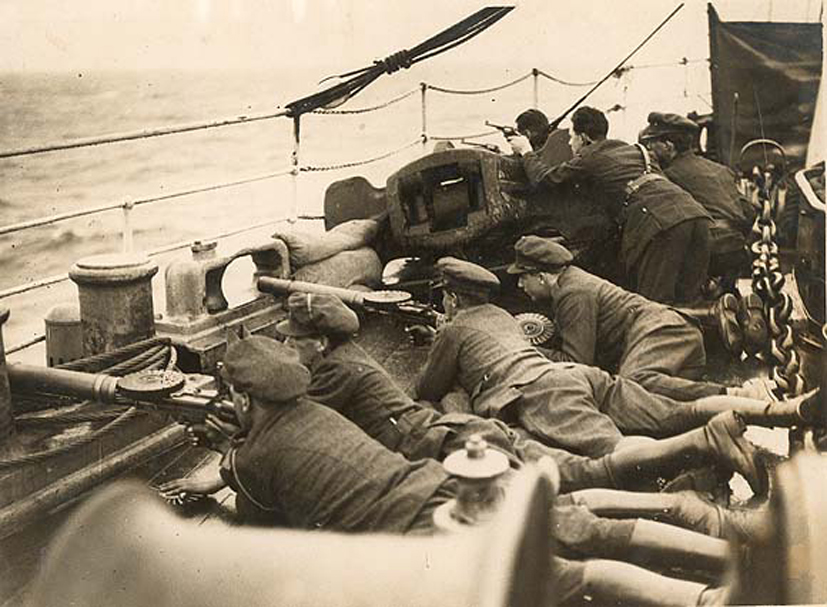
2023 marks the centenary of Ireland’s Civil War. It is also the culmination of Ireland’s Decade of Centenaries, in which the country commemorated the ten tumultuous years that started with the 1913 Lockout, included the 1916 Rising and War of Independence and led to the Irish Free State’s admission into the League of Nations in September 1923.
On March 23, the government published its 2023 Decade of Centenaries Programme, outlining how it plans to commemorate this significant year.
Marking its publication, the Taoiseach Leo Varadkar said: “over the past 10 years, as a people and as a nation, we have endeavoured to move from memory and contested history – often still deeply personal and deeply felt – to mature reflection and historical exploration of the events that have shaped our country. It has not always been easy or uncontested, but we have striven to better understand and to acknowledge that we may share a common history, but not always a common memory or understanding of events and their consequences.”
The events that will form part of this year’s programme will continue in this reconciliatory vein. The highlight will be a formal healing ceremony to remember everyone who lost their lives in the Civil War.
More information about the programme can be found at www.gov.ie/en/publication/121ea-decade-of-centenaries-programme.
Skellig Michael named as one of the world’s best remote spots
The island of Skellig Michael off the coast of County Kerry has recently been named as one of the most remote and beautiful places in the world. It came in at number 25 in a list of the top 50 places on the globe that offer a unique experience for adventurous travellers compiled by Big 7 Travel and HolidayCars.
Those of you who know your UNESCO World Heritage Sites may be aware that Skellig Michael is one. Or if you’re a Star Wars fan, you may already be familiar with this remote rocky island in the Atlantic Ocean from its appearance in both The Force Awakens and The Last Jedi.
However, its beauty and history may be news to the rest of you. Here’s what you need to know. The island is pretty inaccessible and can only be reached by boat during the summer months. This means that opportunities to visit are limited.
If you do manage to get there, it’s definitely worth the effort. Its jagged terrain is stunning, and its history is compelling. Steps were hewn into its rocky cliffside by early Christian monks centuries ago and visitors can climb them to visit the well-preserved monastery and enjoy the spectacular views at the summit.
Women in Irish history
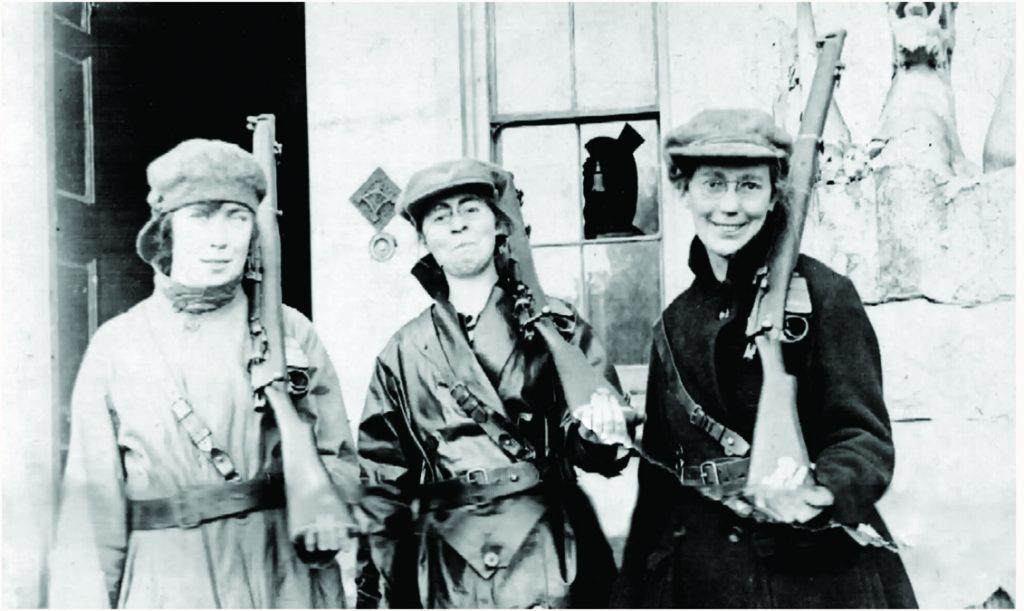
Women have often been written out of the history of Ireland and now an online women’s initiative called www.mna100.ie is attempting to write them back in.
The Pop-Up Museum showcasing 100 years of Women in Politics and Public Life was launched in December 2018. And given this year’s centenary of the Irish Civil War, it is highlighting the role and experiences of women in the revolutionary period. It recently launched a new short film that casts a light on violence against women and the moral and religious views of the time.
Mary M and Sexual Violence: Ordinary Voices and the Irish Civil War by Professor Lindsey Earner-Byrne focuses on a first-hand account, an eight-page letter written by Mary M, which Earner-Byrne discovered in the Dublin Diocesan Archives in the 1990s. Using Mary M’s own words, this film reveals how she was raped, how a son was born as a result of that rape, and she then turned to the Archbishop of Dublin for help with getting her son adopted.
Earner-Byrne explains the context of the letter, giving us an insight into what life was like for women like Mary M. in 1923 and the years that followed.
You can watch the film and find out more about women’s experiences at www.mna100.ie.
Odlums Four Factory to become artist hub
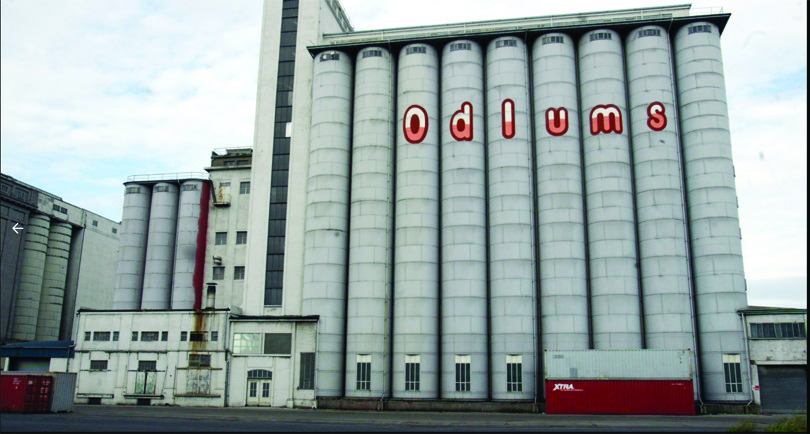
Odlums Flour is one of Ireland’s best known brands. Its history dates back to 1845 when the Odlums family started milling wheat in their first flour mill in Portlaoise and they have been selling flour and baking mixes to the people of Ireland ever since.
In the 1920s, the Odlums family built another flour mill in Dublin Port. This eleven-storey building went on to employ thousands of people and became a distinctive part of the Dublin skyline.
However, it has lain vacant since the Odlums family closed it in 2014. Now, it’s about to get a new lease on life thanks to a collaboration between the Arts Council of Ireland and Dublin Port Company.
They are planning to turn it into an artist campus and workspace, with more than 5,000 square meters of artists’ studios, experimental performing and visual arts spaces, soundproofed rehearsal rooms, workshops, co-working spaces and conference spaces.
This is positive news for the city’s artistic community. What with Ireland’s housing shortage and subsequent surge in house prices, they have been increasingly priced out of Dublin City. In research conducted by Dublin City Council in 2021, it was found that there were not enough workspaces for the 2,500 creatives working there.
This development – which is part of the Art Council’s ten-year Making Great Art Work strategy, the Government’s Project Ireland 2040 and the Dublin Port Masterplan 2040 – hopes to play its part in addressing that problem. The campus is on schedule to open by the start of 2025.
The Windsor Agreement
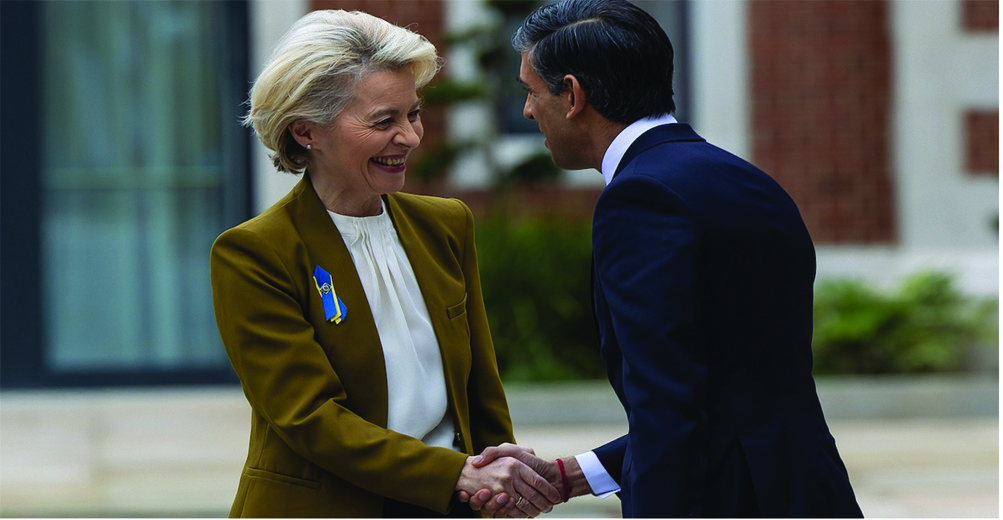
Deadlock remains the name of the game in Northern Ireland. London and Brussels may have agreed on the Windsor Framework, but unionist politicians are yet to be convinced.
The Democratic Unionist Party (DUP) had been boycotting the region’s political institutions since May 2022 as a sign of its opposition to post-Brexit trade rules. This new agreement was designed to overcome that opposition by addressing their concerns.
Brexit left Northern Ireland inside the EU’s single market for goods. But it placed a customs border in the Irish Sea to avoid the need for a politically sensitive land border.
This was unacceptable to unionists. They argued that because some EU law remained in place in Northern Ireland, it undermined the region’s status within the UK.
The Windsor Framework relates to goods crossing the Irish Sea from Great Britain to Northern Ireland and contains measures to reduce checks and paperwork. It also includes a mechanism called the ‘Stormont Brake’ which allows the Northern Ireland Assembly to temporarily stop any changes to EU goods regulations from applying in Northern Ireland if the Assembly feared that such changes would have a “significant and lasting effect on everyday lives.”
The framework received support in London, passing by a vote of 515 to 29, with the DUP’s members among the opposition. The Irish Taoiseach Leo Varadkar welcomed it and so did Sinn Féin’s leaders north and south of the border. But the Democratic Unionist Party voted down Rishi Sunak’s deal, its leader Jeffrey Donaldson called it a “sticking plaster” solution.
As a result, Northern Ireland’s power-sharing executive is still inactive, and it’s not expected that anything will change before local council elections in May.
In the meantime, there are some small signs of movement. The DUP appointed a panel to canvass unionist opinion on the Windsor Framework and is now examining its findings. Former Irish Taoiseach Bertie Ahern, who was involved in the Good Friday Agreement negotiations, has stepped into the fray too. He has been liaising with unionists and has called on London to engage in further talks with them to move the process forward.
Saint Patrick’s Day parades
It may have rained a little on the parade in Dublin City but that didn’t dampen people’s spirits. Around 450,000 turned out for this year’s event, which featured 4,000 participants.
President Michael D. Higgins and his wife Sabina were guests of honor. They were joined by an international guest of honor, the Dallas actor Patrick Duffy who arrived in a 1965 Cadillac Coupe De Ville convertible. Duffy’s grandfather emigrated from Ireland to America in 1920 and he said he was proud to be able to attend the parade as a way of paying tribute to his heritage. He was also delighted to be presented with an emerald-green cake to mark the fact that he was celebrating his 74th birthday.
This year’s celebrations were the first large-scale celebrations since 2019 and the onset of the pandemic and communities nationwide were eager to mark the day in style. Many parades featured donkeys in a reference to the success of Banshees of Inisherin, a film in which a donkey had a starring role. Blue and yellow flags fluttered at parades up and down the country, representing the thousands of Ukrainians who have sought refuge in Ireland in the past year.
Baile na nGall (also known as Ballydavid) in County Kerry claims the honor of holding the first parade in Europe, with musicians gathering at midnight in the small village to get the party started.
It’s soon followed by the nearby town of Dingle, where the Dingle Fife and Drum Band march through the streets at 6am. This tradition dates back to the 1880s when large gatherings were banned by the British authorities between sunrise and sunset.
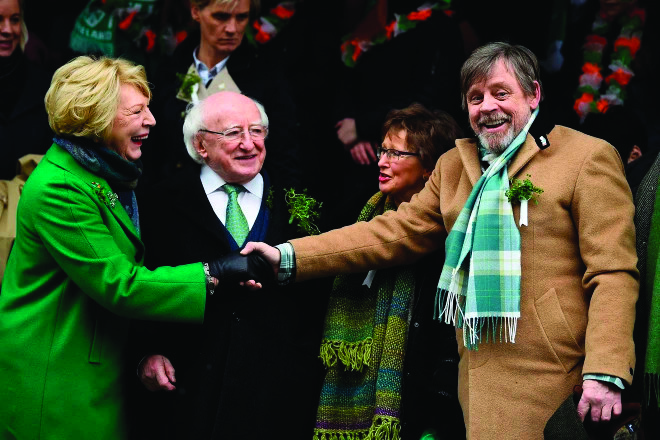
The towns and villages in the rest of the country wait until a more civilized hour to stage their St Patrick’s Day parade, with most kicking off between midday and 3pm. In Killarney, the parade was a long one, featuring some of the town’s newest communities as well as its oldest members. There were representatives from community sports clubs and cultural organizations as well as many immigrant faces.
Cork City staged the biggest parade in its history. With more than 3,500 participants representing 55 groups, its theme was ‘A Century of Stories.’ Some of its floats were commemorative in nature, harking back to Ireland’s past. Others, including the Sanctuary Runners, who led the parade, were more contemporary. This group was established in Cork five years ago to use running and swimming to unite the local community with migrants, asylum seekers and refugees in a spirit of solidarity and friendship.
There was a big international contingent too. This included the University of Florida Gator marching band and the Grandview High School Wolf Pride band from Denver, Colorado.
The west Cork village of Courtmacsherry decided to do something different with its parade. It combined its traditional street display with a special sea parade featuring local boats.
In the east Cork town of Fermoy, integration was the theme. People born in more than 40 countries took part in the parade and there were loud cheers for those working to help them settle into the local community.
Waterford is Ireland’s oldest city, and its floats reflected that history. It included references to its Viking founders, its successful hurlers and the fact that in 1903, before March 17 had ever been declared a holiday, the people of the city decided that St. Patrick’s Day should be a national celebration. It thus became the first Irish city to hold a St. Patrick’s Day parade.
News in brief
-
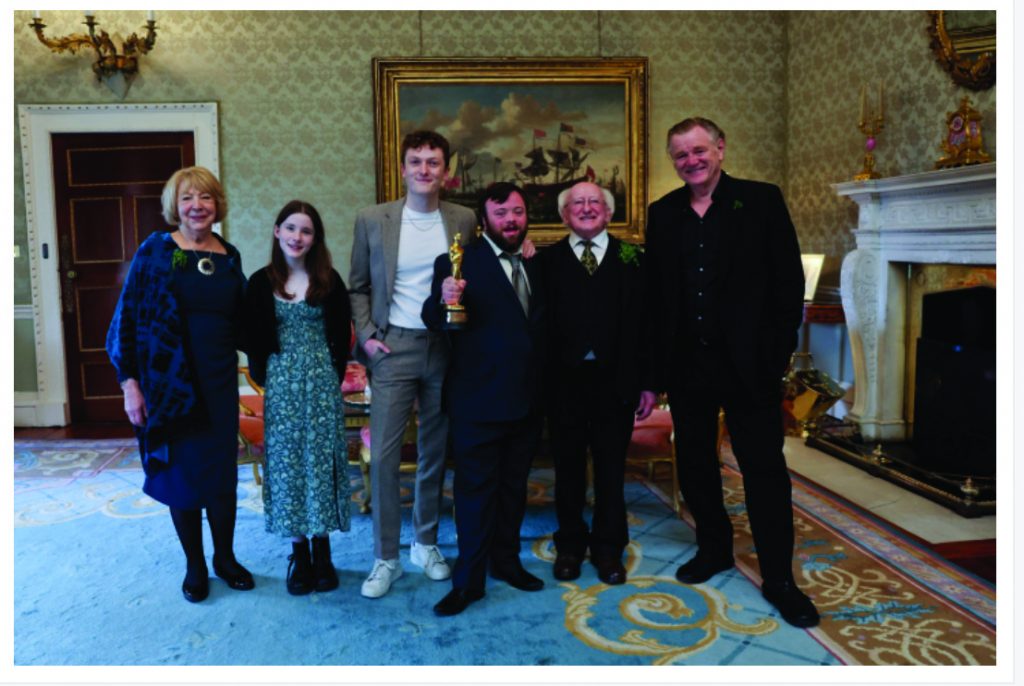 Each year, the President and Sabina Higgins mark St. Patrick’s Day by hosting a reception for groups and people that have made a particular contribution to Irish society. This year the celebration was for the Irish Film, Audio-Visual and Performing Arts communities. Pictured are the actors who were nominated for academy awards for various Irish films.
Each year, the President and Sabina Higgins mark St. Patrick’s Day by hosting a reception for groups and people that have made a particular contribution to Irish society. This year the celebration was for the Irish Film, Audio-Visual and Performing Arts communities. Pictured are the actors who were nominated for academy awards for various Irish films. - Professor Seamus Davis of University College Cork received the American Physical Society’s Oliver E. Buckley Prize in Condensed Matter Physics at a ceremony in Las Vegas on March 8th. The accolade recognizes 25 years of work, which includes his development of quantum microscopes.
- New research by scientists at Trinity College Dublin have expanded our understanding of aging and its associated degenerative neurological diseases. By linking the increased presence of specialized immune cells to conditions such as Alzheimer’s, they have unearthed a possible new target for therapies aimed at treating these diseases.
- The shortlist for the 2023 Dublin Literary Award has been announced, with the six novels including Cloud Cuckoo Land by Anthony Doerr, The Trees by Percival Everett, Paradais by Fernanda Melchor, Marzahn, Mon Amour by Katja Oskamp, Em by Kim Thúy and Love Novel by Ivana Sajko. Sponsored by Dublin City Council, this award is the world’s most valuable annual prize for a single work of fiction published in English, with the winner receiving €100,000. Nominations are chosen by librarians and readers around the world and the winner will be announced as part of the International Literature Festival in Dublin in May.

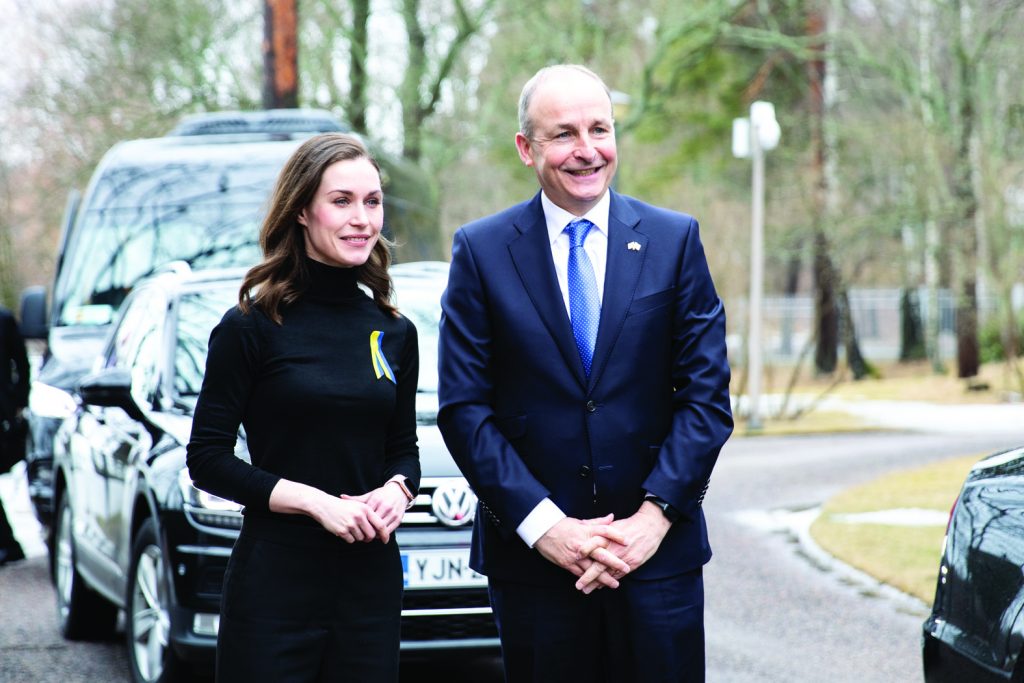
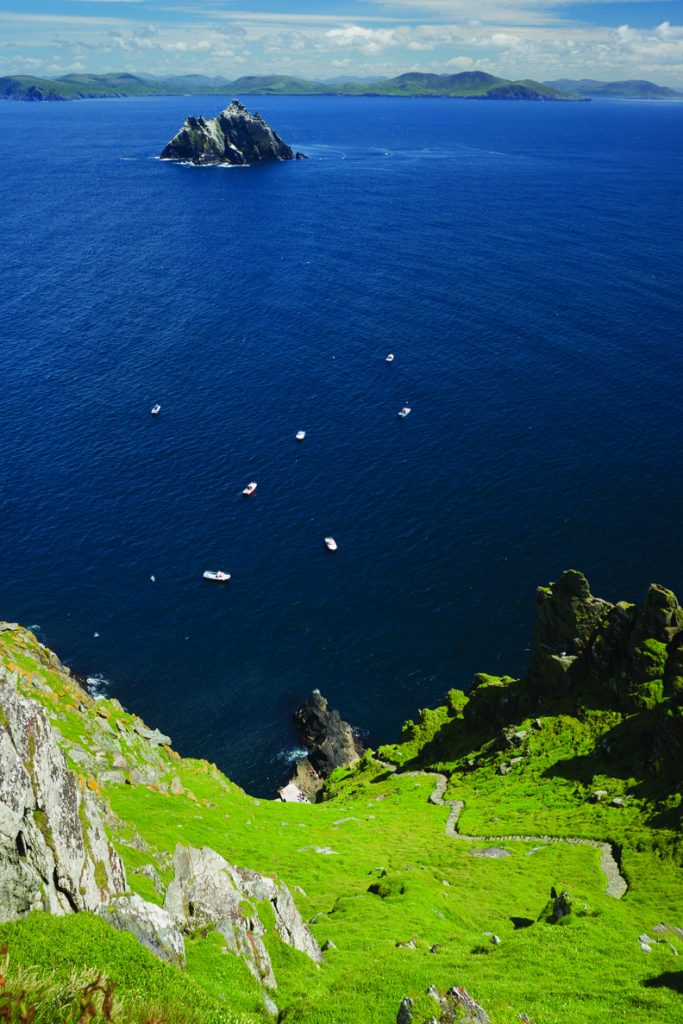
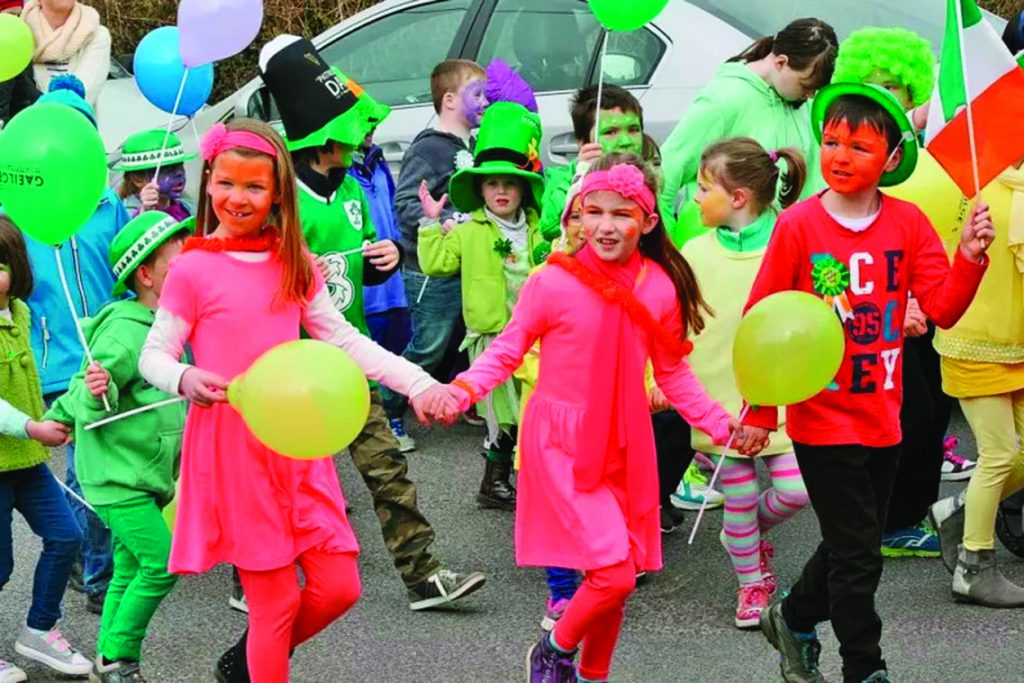
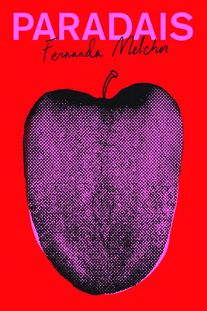
Leave a Reply